Exploring Architecture Discover the Features of Victorian Homes
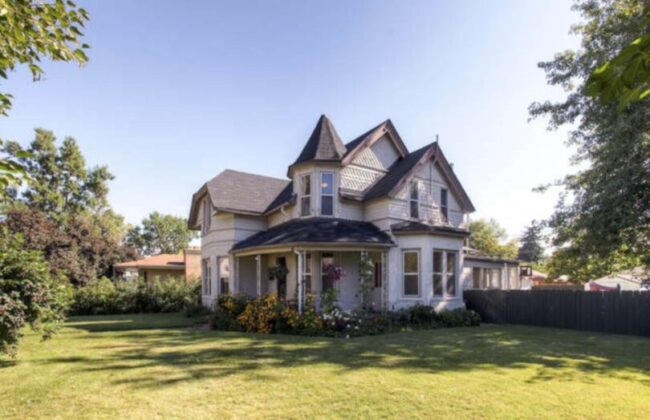
Source:liveurbandenver.com
A brief history of the Victorian era
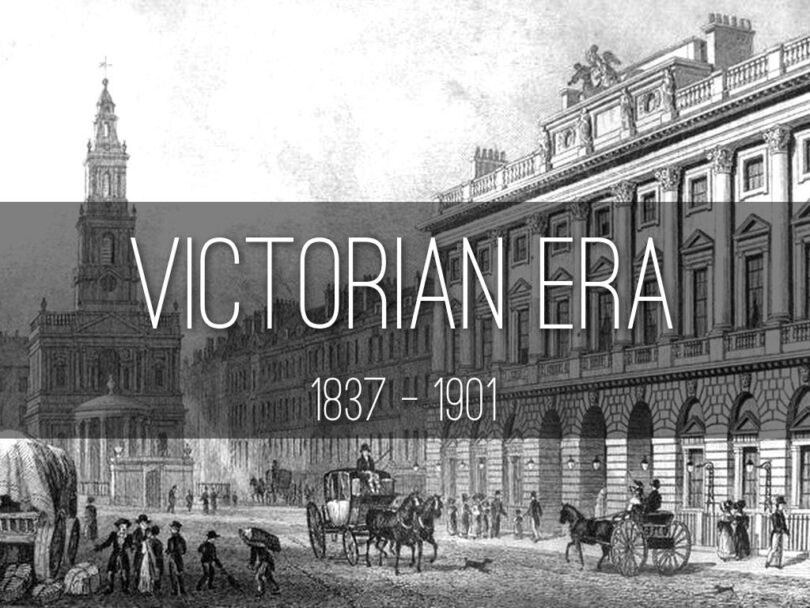
England began to develop as dynamically as possible in the 19th century. There has been a change in priorities; if earlier the country was considered agricultural, then over time it turned into an industrial one. The nature of society has changed, which led to mass riots. Not only locals but also the government took a long time to adapt to new living conditions.
The Victorian era began in 1837. It ended with the death of Queen Victoria (1901), but the generally accepted period continued a bit longer. The era includes both the years before the specified date and after.
For residents of Victorian houses, it will be important to learn the features of the architecture of that time. So you can add additional elements for the design of the facade of the building and the interior. The distinctive features of each of the periods of the era are described below.
Ideas to keep your victorian home decor looking fresh
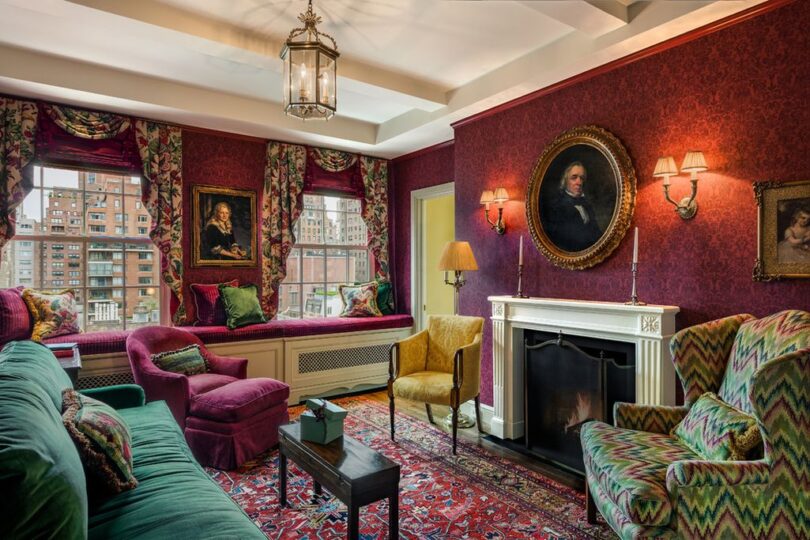
Interior design of the early Victorian period featured historical and exotic elements. House-owners used neo-Gothic, neo-baroque and neo-rococo decorations. Thus, one could tell about his own wealth and excellent taste. The owners of mansions, who decorated them in the Moorish or Chinese style, made it clear to their guests that they had visited many countries and brought unusual items from new places.
At that time, various mechanical machines was first introduces, due to which new things appeared in everyday life that were previously inaccessible:
- in the design of houses, they began to use paper-mache carvings in the Baroque style;
- stucco moldings made of tin were created in the rococo style;
- ceramic sets that looked like porcelain became widespread.
In the middle of the era, the British lost interest in the interior styles they had used before. Therefore, companies began to appear that offered decorating victorian home services. The first of them was created by William Morris. He wanted to balance high art and everyday life by organizing the manual production of furniture, stained glass and other elements of the medieval style.
Textiles, unusual wallpapers and tiles were created according to Morris’s drawings and gained popularity. The ornaments used on these interior details combined Gothic and Naturalism styles. The designer believed that the nature was the best source of inspiration. Therefore, the first wallpaper was decorated with images of rose bushes that grew in his garden.
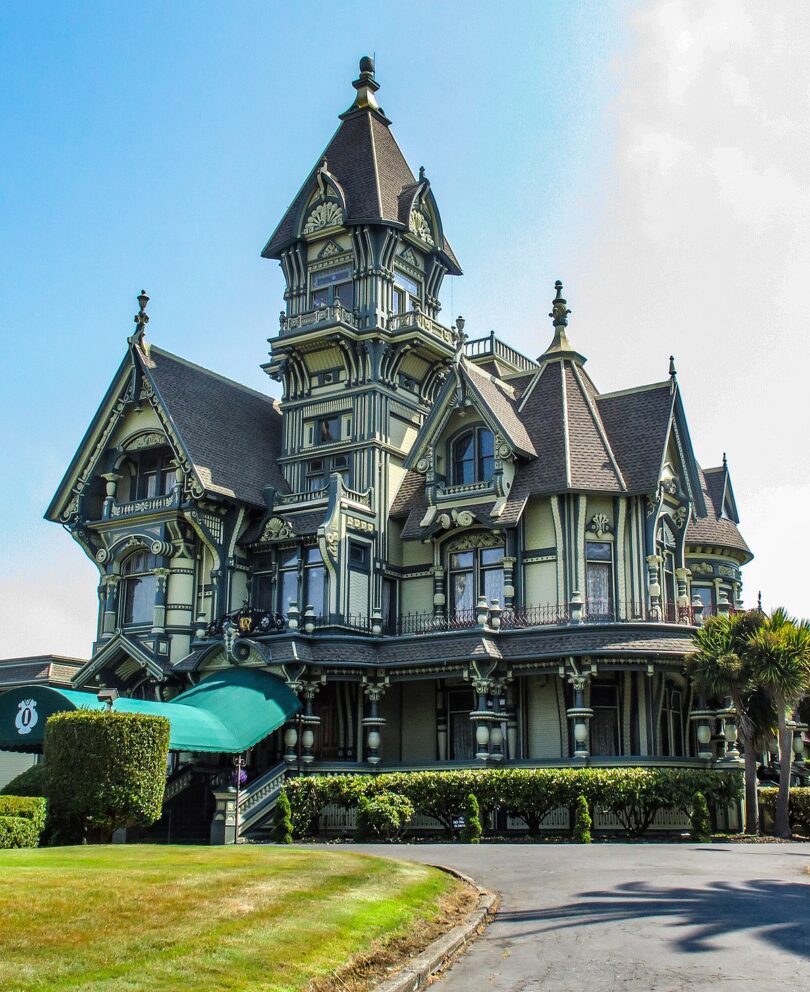
The end of the Victorian era was marked by adoption of the deconstructivism style. Moreover, each room in mansions of that time had its own design. This became a distinctive feature of the interiors of that era. For example, the study was designed in the neo-Gothic style, while the living room was decorated in the colonial style. The furniture could combine several styles. Chairs could be classic, while their legs featured baroque elements.
The main feature of Victorian-style houses was tiled floors. They were everywhere:
- on the paths around mansions;
- in the lobby of the house;
- in the kitchen;
- in the rooms.
The first tiles were laid in the 1860s and were found in luxury villas and government chambers. Towards the end of the 19th century, such flooring could be found in all victorian houses. Many different designs were created using geometric elements and patterns in all sorts of colours. Closer to the 70s, this trend faded, so the tiles were removed. In some buildings, however, the original decor elements remained; to find them, it is enough to remove the boards from the floor or lift the carpet. The tile was strong enough, therefore, with proper restoration of damaged parts, it can take on its original look.
Towards the end of the 1800s, the entrance doors were decorated with stained glass windows. Glasses of various colours were used to create unusual patterns in the house. Decorative patterns have contributed to enhancing decorative features and maximizing the use of sunlight. Stained glass windows in Victorian homes were installed not only in doors but also in staircase windows. Even in the bathroom, one could find such windows. A wide range of designs were used, both simple curly elements and more complex floral patterns. It is difficult to find the original stained glass installed at that time, but today experts can easily restore damaged glass.
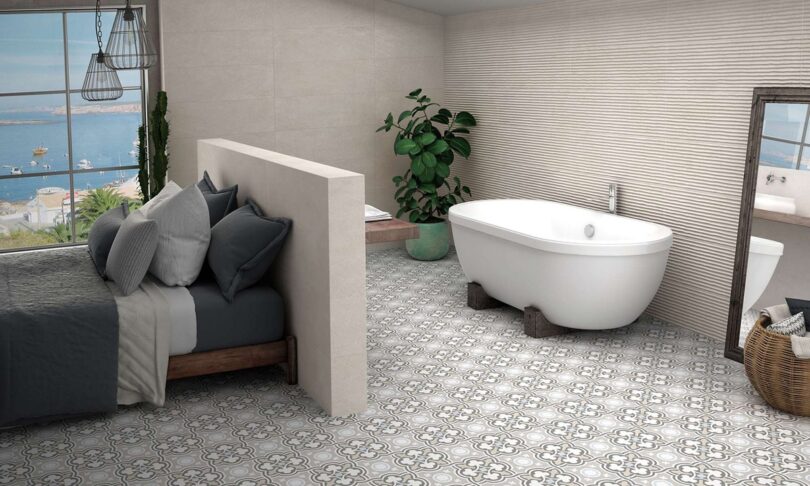
The interior design of the Victorian era was based on moulded architectural elements. Designers sought to enhance the proportions of the premises using various cornices and vaults. Ceiling roses were often used. If a room had an abundance of decorative elements, it means it was intended for welcoming guests. The use of mouldings had practical value too: it made it possible to hide the cornices and arches that were needed to support the structure of the house. If the plaster in a historic house has crumbled or damaged over time, it can be restored based on the existing elements.
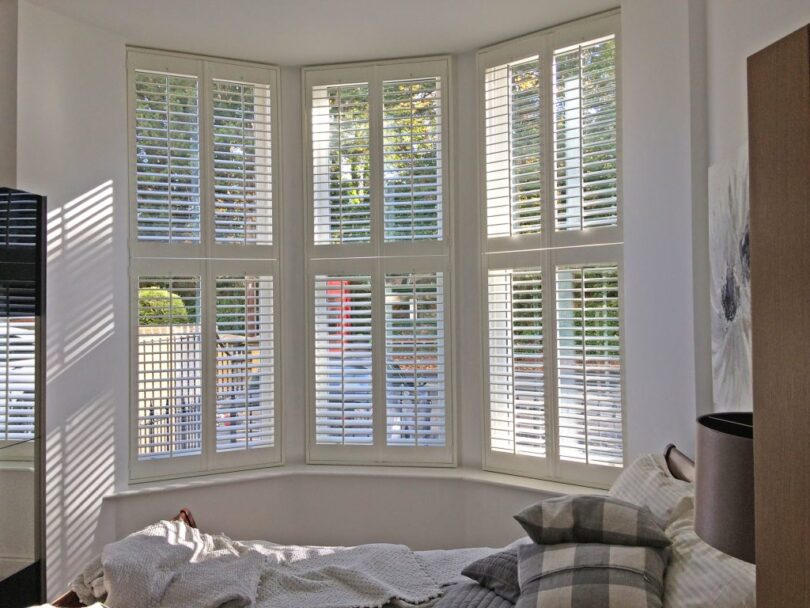
Window treatments for Victorian homes were of particular value. They gave a building a unique look, so houses looked different from one another. Bay windows could be several stories high, decorated with ornate frames. Large glazing was used for casements, and there were fewer bars than before. The use of heavy glasses led to a strengthening of frames and reinforcement of glass units structure. Additional elements were decorated with ornaments. Today you can find original windows with wooden sashes, which were very strong and have survived to this day. They are often slightly damaged but can be easily repaired. Our company’s specialists can carry out the restoration works, improve energy efficiency, and the glass unit will remain intact. Before replacing old windows, contact https://scottjameswindows.co.uk/sash-windows-repair-colchester/ and you will be proud of the uniqueness of your house.

 Buying Your First Home in Canada? Here’s Your Guide to Affordable Home Insurance
Buying Your First Home in Canada? Here’s Your Guide to Affordable Home Insurance 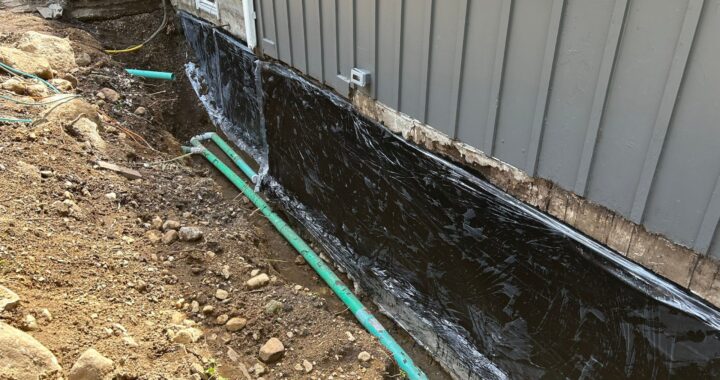 Everything You Need to Know About Basement Waterproofing for Older Homes
Everything You Need to Know About Basement Waterproofing for Older Homes  Embracing Efficiency: Tankless Water Heaters and Inspection Services in San Diego
Embracing Efficiency: Tankless Water Heaters and Inspection Services in San Diego  What is a Laundry Detergent Sheet and Its Benefits?
What is a Laundry Detergent Sheet and Its Benefits? 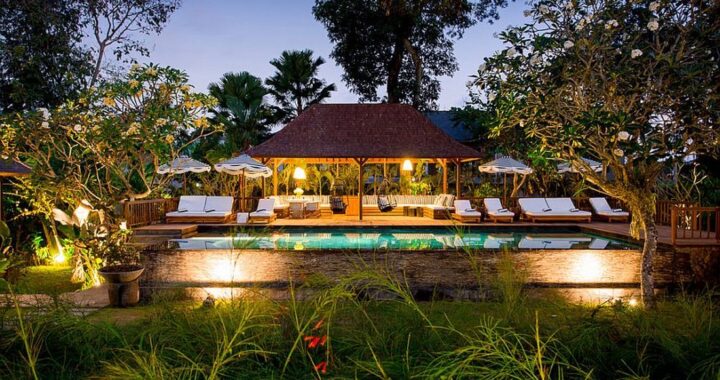 Make Your Backyard Look Like a Tropical Paradise
Make Your Backyard Look Like a Tropical Paradise  A Complete Guide to Personalized Gift Ideas That Carry Real Thought and Value
A Complete Guide to Personalized Gift Ideas That Carry Real Thought and Value  Neuschwanstein Castle From Munich Day Trip Guide
Neuschwanstein Castle From Munich Day Trip Guide  Oxford ─ England’s City of Dreaming Spires
Oxford ─ England’s City of Dreaming Spires 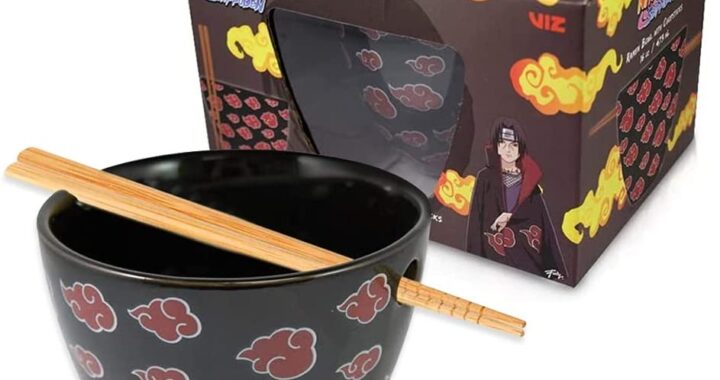 Creative Gift Ideas for Anime Lovers and Collectors: Unique Picks You Will Adore
Creative Gift Ideas for Anime Lovers and Collectors: Unique Picks You Will Adore